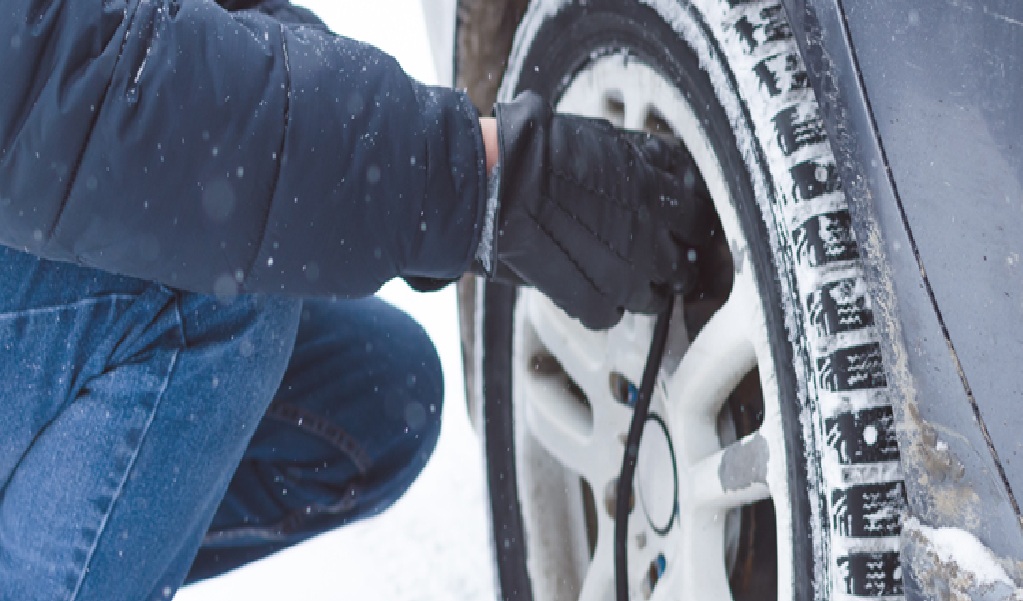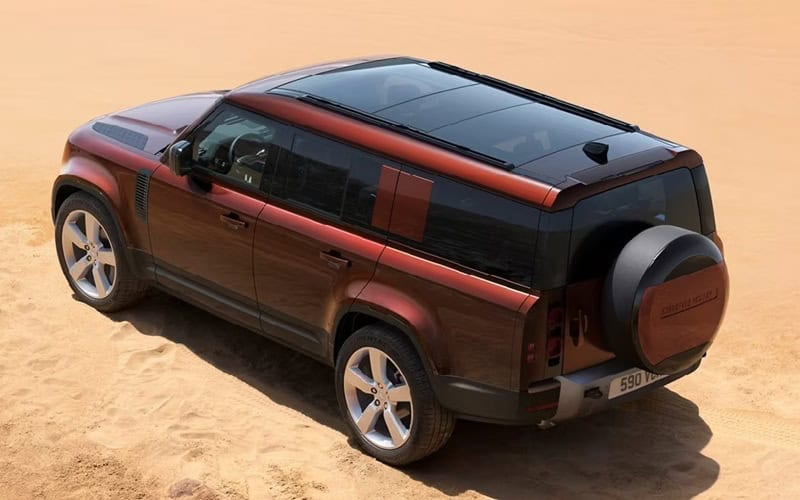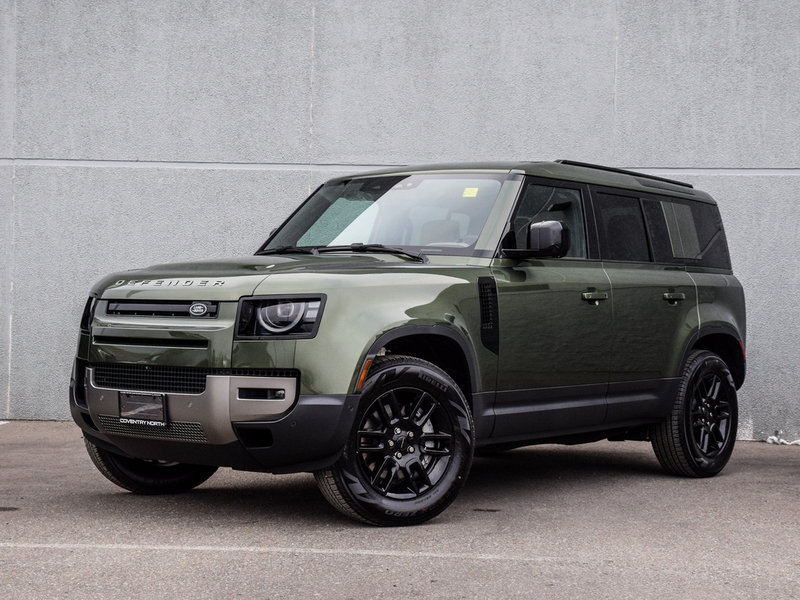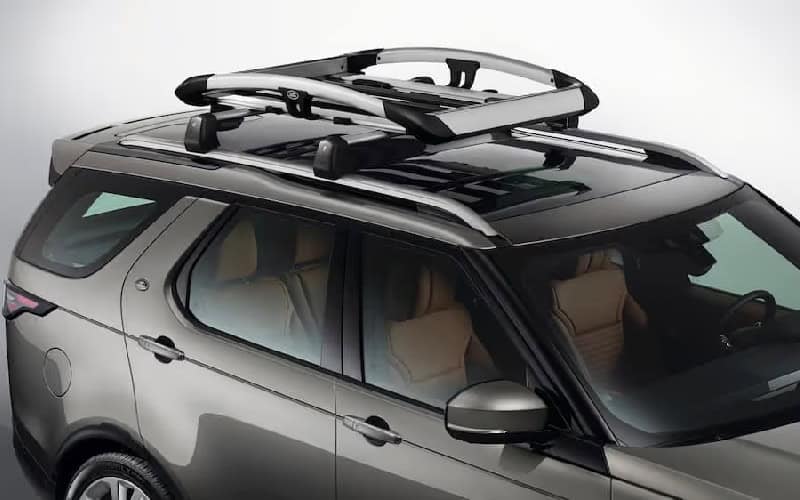The Land Rover lineup, known for its exceptional all-terrain capabilities, requires specialized winter wheel service to maintain optimal performance during harsh cold weather conditions. Proper winter wheel preparation ensures these luxury SUVs deliver the confidence, traction, and safety that owners expect, even when faced with snow, ice, and freezing temperatures.

Land Rover Winter Wheel Requirements
The Land Rover models, including the Range Rover, Defender, and Velar, feature sophisticated all-wheel drive systems that benefit significantly from appropriate winter setups. These vehicles utilize advanced traction control systems that work in harmony with winter-specific wheels and tires to maximize grip and stability on challenging surfaces.
The Land Rover engineering team has designed the latest models with specific winter wheel specifications that complement the vehicles’ electronic stability systems. The Terrain Response system, a hallmark of Land Rover capability, is calibrated to work optimally with manufacturer-approved winter packages, ensuring the electronic differential controls and traction systems function as intended.
Comprehensive Winter Wheel Service Components
A proper Land Rover winter service involves several critical components:
Winter Tire Selection and Installation
Land Rover recommends specific winter tire options based on size and vehicle model. The Range Rover Sport, for example, can accommodate winter tires in sizes ranging from 235/65R17 for base models up to 245/45R21 for higher trim variants. These tires feature specialized rubber compounds that maintain flexibility at temperatures below 7°C, crucial for maintaining traction in winter conditions.
Proper installation includes precise torque application to wheel fasteners—typically between 140-160 Nm depending on the specific model—to ensure wheels remain securely mounted without damaging components. Land Rover technicians use calibrated torque wrenches to achieve these specifications exactly.
TPMS Recalibration
The Tire Pressure Monitoring System (TPMS) in Land Rover models requires professional recalibration when switching to winter wheels. This system continuously monitors tire pressure, alerting drivers to potentially dangerous pressure losses. Winter conditions cause significant pressure fluctuations, with pressure typically dropping about 1 kPa for every 1°C temperature decrease.
For optimal performance, the TPMS sensors must be properly programmed to the vehicle’s onboard computer when winter wheels are installed. The latest models feature an enhanced TPMS that recognizes different sets and can store multiple configurations in memory, streamlining the seasonal transition process.
Wheel Alignment Verification
After winter wheel installation, a comprehensive alignment check ensures the vehicle’s suspension geometry remains within specification. The Land Rover advanced air suspension systems, available on most models, require precise alignment parameters to function correctly. Winter driving conditions can exacerbate any existing alignment issues, making this verification essential for preventing premature tire wear and maintaining handling characteristics.
Land Rover Advanced Winter Wheel Technologies
The Land Rover lineup incorporates several innovative features specifically designed to enhance winter performance:
Adaptive Surface Response
This system, standard on higher trim levels, automatically detects surface conditions and adjusts throttle mapping, stability control, and differential settings accordingly. This technology provides remarkable traction on snow and ice when paired with appropriate winter wheels.
Snow Mode Programming
The new models feature updated Snow Mode programming in the Terrain Response system that works with winter wheels to optimize power delivery, traction control intervention, and braking response. This specialized mode becomes significantly more effective when the vehicle is equipped with proper winter tires.
Dynamic Stability Control Integration
Sophisticated stability control systems are calibrated to recognize the different grip characteristics of winter tires. The latest models feature enhanced algorithms allowing more progressive intervention when winter wheels are detected, providing safety and driver engagement on slippery surfaces.
Prepare for the Winter Wheel Service
Before scheduling a winter service for a Land Rover, owners should consider several preparatory steps:
- Verify the correct combination for their specific model and trim level
- Inspect existing winter wheels for damage if reusing from previous seasons
- Consider replacing TPMS sensors if they’re approaching the end of their battery life (typically 5-7 years)
- Allow extra time for the system calibration process, which can take up to 30 minutes of driving after installation
Five Things You Didn’t Know About 2025 Land Rover Winter Wheel Service
• The Land Rover models feature an “automatic winter detection” system that adjusts vehicle parameters when consistently operating below 7°C, even without switching to dedicated Snow Mode.
• Land Rover winter wheels undergo over 500 hours of specific cold weather testing in northern climates to ensure durability in extreme conditions down to -40°C.
• The TPMS sensors in latest models use accelerometer technology that can detect changes in road surface texture, providing additional data to the vehicle’s traction control systems.
• Land Rover winter packages include specially formulated hub-centric rings that prevent material contraction in extreme cold, eliminating vibration issues common in other luxury SUVs.
• The new models feature a hidden service menu that allows technicians to optimize the ABS calibration specifically for the winter package installed, enhancing braking performance on snow and ice.
Questions and Answers About 2025 Land Rover Winter Wheel Service
When is the ideal time to schedule winter wheel service for my 2025 Land Rover?
• The optimal time is approximately one month before sustained temperatures drop below 7°C in your region. This ensures your luxury SUV is ready before winter conditions arrive while avoiding the rush that typically occurs with the first snowfall.
Can I use my regular TPMS sensors with my winter wheels?
• While technically possible, the premium 4×4 manufacturer recommends dedicated TPMS sensors for each set. The newest models can store multiple sensor IDs in memory, allowing seamless recognition when switching between summer and winter sets.
How does switching to winter wheels affect my Land Rover fuel efficiency?
• Winter tires typically increase fuel consumption by approximately 0.3-0.5 L/100km due to increased rolling resistance. However, the safety benefits and improved traction in winter conditions for the British off-roader significantly offset this slight efficiency decrease.
Do I need to inform my Land Rover computer system when I’ve installed winter wheels?
• The latest models feature automatic set recognition, but a professional service includes manually selecting the winter configuration in the luxury vehicle’s settings menu to ensure optimal calibration of all associated systems.
Will using non-approved winter wheels affect my vehicle’s warranty?
• Using wheels outside the luxury manufacturer’s specifications could affect warranty coverage for related components. The premium automaker recommends using only approved winter packages to maintain full warranty protection.
How do winter wheels affect the performance of the 2025 Land Rover air suspension system?
• The latest models feature intelligent suspension calibration that automatically adjusts for winter wheels’ different height and weight characteristics, maintaining proper ride height and suspension geometry for the rugged vehicle without manual intervention.
Is balancing different for Land Rover winter wheels compared to summer wheels?
• Yes, winter balancing requires specialized techniques to account for the more flexible sidewalls of winter tires. The new luxury SUV models benefit from road force balancing that measures both static and dynamic balance characteristics.
How often should the winter wheels be rotated on my 2025 Land Rover?
• The British marque recommends rotating winter wheels every 8,000 kilometers to ensure even wear patterns. The rotation pattern differs between models with specific requirements for vehicles with different front and rear tire sizes.
Can I store my removed wheels at home, or should they be stored professionally?
• While professional storage is available, you can successfully store wheels at home by keeping them in a cool, dry location away from direct sunlight and ozone sources. Store them stacked horizontally or hanging on proper wheel hooks, never standing upright on the tread for extended periods.
How does the 2025 Land Rover braking system adapt to winter wheels?
• The latest models feature an adaptive braking system that recognizes the different grip characteristics of winter tires. After installation, the system performs automatic calibration during normal driving for the all-terrain vehicle, adjusting ABS pulse frequencies and brake assist sensitivity for optimal stopping performance on winter surfaces.


